Nose Piercing Healing Time: 7 Types & How Long To Heal
All about caring for your new nose piercing and the nitty-gritty of the healing period.
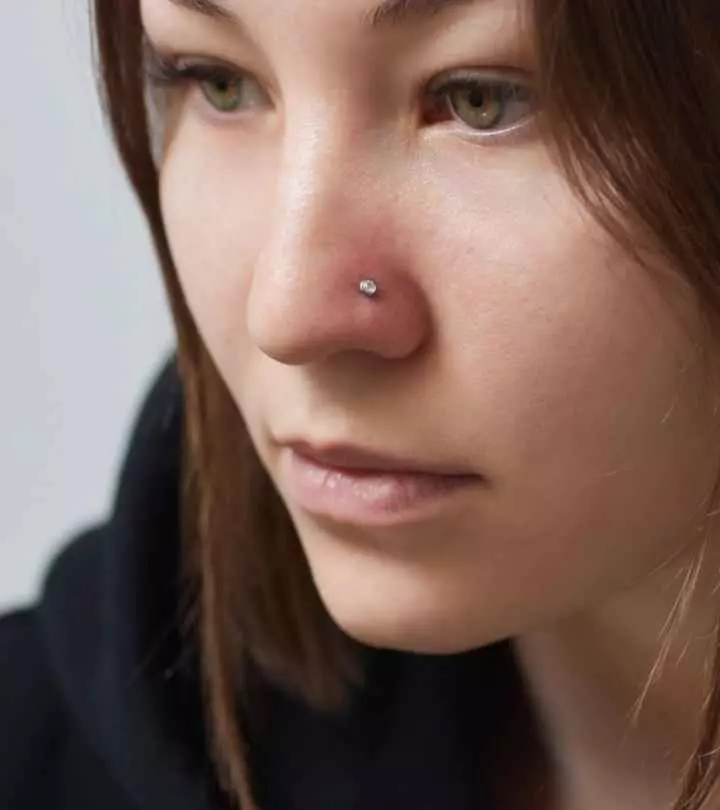
Image: Shutterstock
Nose piercings are popular forms of self-expression that blend traditions and modern fashion effortlessly. However, to confidently flaunt them, you must ensure they have healed well. This brings up an important question – how long does it take for a nose piercing to heal? Although many celebrities, from Slash to Miley Cirus, have flaunted this subtly edgy look, the piercing is not without the risks of infections and safety concerns. It may take only a few minutes to get a piercing, but the healing process may test your patience. Whether you already have a nose piercing or you are new to this body modification, being aware of all aspects is essential for quick and easy healing. This is where we come in. We bring you all the important information you have been looking for regarding how long it takes for different types of nose piercings to heal, aftercare methods, risks, and treatments. Keep reading to know more.
In This Article
How Long Does It Take For A Nose Piercing To Heal?
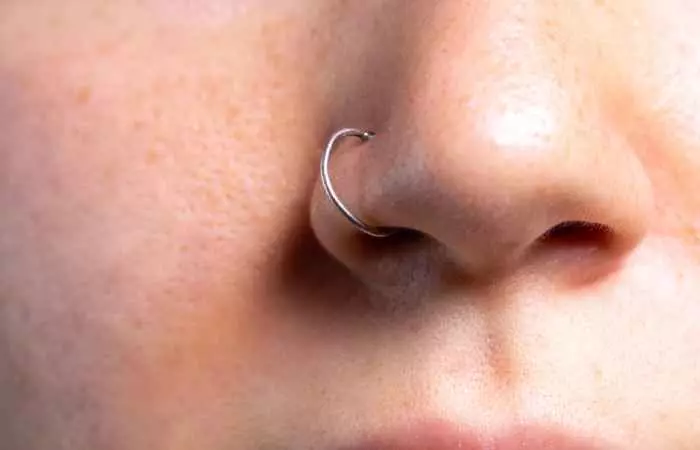
A fresh piercing typically stops bleeding within a day, while the soreness takes a couple of days to subside. But this does not mean that the piercing is healed. Considering the effectiveness of aftercare methods, development of potential infections, individual wound healing rate, and body conditions, a nose piercing may take anywhere between 2-9 months or even more to heal.
However, it is interesting to note that piercing wound healing is a long and elaborate process dependent on several factors. Let us understand better by knowing the various stages of nose piercing healing, the healing time based on the types of nose piercings, and the factors that affect the healing time.
Nose Piercing Healing Stages
A nose piercing, like other surface wounds typically goes through 4 stages before it is completely healed. Rather than following a subsequent order, these stages are continuous and overlapping. Let’s learn more about them (1):
- Hemostasis: It is the physiological mechanism of the human body to cope with any changed external conditions, that begin immediately after the wound is inflicted. Piercing is also nothing but an external physical injury to our body. As soon as the nose is pierced, it starts bleeding. In this stage, the body works to stop the bleeding and form soft scabs at the piercing site.
- Inflammation: For the first few weeks your fresh nose piercing is susceptible to inflammation. Your body is alert against the wound and recognizes the new piercing jewelry as a foreign object. It tries to replace the pierced tissue with new tissue by hardening blood clots around the wound and jewelry. This leads to inflammatory symptoms like swelling, pain, tenderness, and bleeding.
- Tissue Regeneration: From days 3-21, granulated tissue forms around the wound as a part of the healing process (2). The wound becomes dry, and scar tissue forms a tube-like structure around the opening, called a fistula, which extends from one side of the opening to the other. Although it is natural for the area to be still tender due to some unexpected trauma caused during this period, consult a medical professional or your piercer if you experience immense pain or lots of discharge.
. - Maturation: The final stage, also called remodeling, begins around day 21 and may last up to 2 years until the piercing wound fully recovers. The fistula gets thicker, making it easier to remove and replace jewelry. The wound gets healed completely, thus ending the tissue and skin regeneration. Even though it is less likely that the piercing may close after this stage, sometimes it may start closing within a few days of taking out the jewelry.

An important part of understanding the healing process is exploring the unique healing aspects of diverse styles of nose piercings. From a simple nostril piercing to a multi-step septril piercing, the healing period of each differs. Understand these intricacies in the following section.
Healing By Types Of Nose Piercing
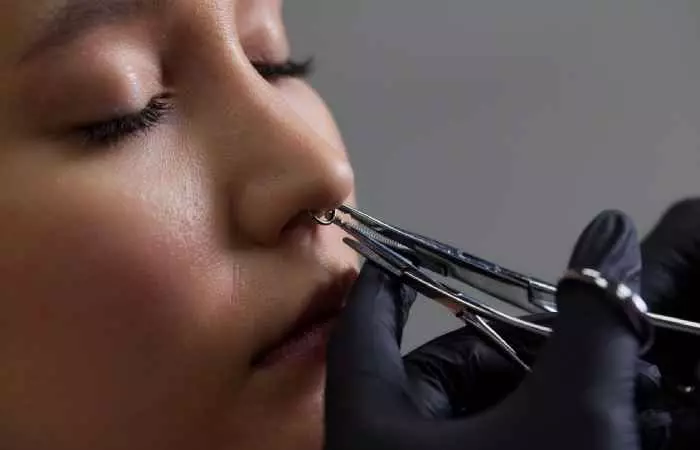
Here is a quick look into the different types of nose piercings and their healing time.
1. Nostrils
View this post on Instagram
This is the most common type of nose piercing, where the piercing goes through the soft cartilage on either side of the nasal cavity. The estimated healing time is 4 to 6 months. But be aware that a nose piece with a thicker diameter will take longer to heal.
2. Septum
View this post on Instagram
Septum is the cartilage that separates the two nostrils. It is flush with nerves and blood vessels, making it a delicate area. Piercings done in this part of the nose hurt more than nostril piercings but have a generally reduced healing time of about 2 to 3 months. However, some people may take up to 6-8 months to heal from such septum piercings.
3. Septril
View this post on Instagram
The septril piercing stud sits at the tip of your nose and involves a rather complex procedure taking around 4 to 6 months to heal. Also known as jungle piercing, it is a combination of septum and rhino piercing. It begins with a septum piercing which is allowed to heal and then stretched by increasing the size of the piercing. The septril piercing is done by piercing through the stretched septum area through the cartilage to the tip of the nose, where the jewelry is screwed on. It is said to be one of the most painful nose piercings.
4. Bridge
View this post on Instagram
Also known as the Erl piercing, it is a surface piercing that runs horizontally across the bridge of the nose, right below the eyebrows. The pain associated with this piercing is comparatively less as there is no cartilage involved, and the needle just passes through a thin layer of skin. It also heals quickly, in about 2 to 3 months. However, there is a high risk of migration as there is less skin in this area to secure the jewelry.
5. Austin Bar
View this post on Instagram
It is similar to a bridge piercing but is placed at the tip. The healing time is also similar to the bridge piercing, taking 2 to 3 months. It consists of a studded bar that passes through the top of the nose tip with the studs placed at each of the ends of the piercing.
 Trivia
Trivia6. Nasallang
View this post on Instagram
This is a rare form of piercing that passes through both the nostrils and the septum. As it passes through 3 different cartilaginous surfaces, the piercing is pretty intense. The average healing time is estimated to be 8 to 10 months.
7. Vertical Nose Tip
View this post on Instagram
This is also a less common piercing type that consists of a barbell that passes vertically at the tip of the nose, thus named rhino piercing. The piercing passes through the bottom of the septum to the tip of the nose. The tip of the nose has thick tissue and thus heals slowly, taking around 6 to 9 months to heal.
Even with the stipulated timelines, prolonged healing time is a major concern. But worry not! In the next section, we help you understand the different reasons that can affect the healing process. Work your way around the challenges for quick healing of your piercing.
Factors That Affect Healing Time
Even though we have defined the healing times, several factors can speed up or slow down the healing time. The below aspects play a profound role in the nose-piercing healing period.
1. Placement Of The Piercing
There are different kinds of nose piercings based on their location. The time taken for healing varies considerably, depending on the type of skin at the piercing site. For example, thicker tissue at the tip of the nose in a rhino piercing takes longer to heal compared to a surface piercing at the bridge of the nose.
2. Picking At The Crusts
We are familiar with the strong temptation to pick at crusting wounds. With a foreign material embedded in your body, crusts are bound to be formed at the piercing site. Picking at the skin will aggravate the wound and pose a risk of infection. This will directly prolong the healing time.
3. Moving The Piercing Jewelry
Keep your hands away from your piercing during the healing time. It is a myth that you must twist and turn the piercing to facilitate faster healing. Any kind of movement can agitate the wound or rub it raw. So, be careful and leave the jewelry alone until your fresh piercing wound has healed completely.
4. Jewelry Material
Choose safe, hypoallergenic metals like solid gold, niobium, surgical grade titanium, or stainless steel, which do not irritate the skin. Avoid reactive metals like nickel that can cause allergic reactions and delay healing. Avoid jewelry with thick diameters for the initial piercing as they take longer to heal. Also, avoid wearing a round ring during the initial healing period. Such a ring may be snug around the finger and would not allow for the extra room to heal the swelling and drainage. Hence, opt for a long-length stud that won’t irritate the nose skin on either side.
5. Piercing Method
Do not opt for piercing guns, as they cause immense trauma to the skin. Traditional piercing needles are sterilized before usage and give precision. Piercings done with needles also heal faster compared to guns and are less likely to cause infection.
6. Cleaning Routine
Aftercare is the deciding factor for how fast the piercing heals. Proper and regular cleaning minimizes the risk of bacterial contact. Special antibacterial aftercare solutions may also help encourage safe and healthy healing of the piercing wound.
Infections and irritations are a possibility even when you are well aware of the various factors that prolong the healing time. The key is knowing when an infection sets in and getting medical help before the situation worsens. Let’s understand how you can figure out if you are having an infection.
Key Takeaways
- The typical healing time for a standard nose piercing is 4 to 8 weeks, but several factors can impact the nose piercing healing time. They include the type of piercing, aftercare, and jewelry type.
- It is crucial to recognize the signs of healing and maintain the care routine till the wound is completely healed.
- The nose piercing process itself comes with risks. Proper hygiene, cleaning routine, and choosing a professional piercer are vital for a safe nose piercing experience.
Signs Of Improper Healing
It is normal to experience pain, swelling, or itching in the piercing site for the first few days of the procedure. But you have to be wary of some signs that might point towards a more serious concern.
Look out for these signs of improper healing or infection (3):
- Hot and swollen skin
- Change of color of skin
- Odorous pus from the wound
- Excessive bleeding
- Throbbing pain
- Fever and shivering
As an invasive procedure, piercing typically involves risks and health concerns unless proper aftercare measures are taken. Scroll to the next section to gain information regarding the challenges that one may come across during the healing period.
Risks And Health Concerns Of Nose Piercings
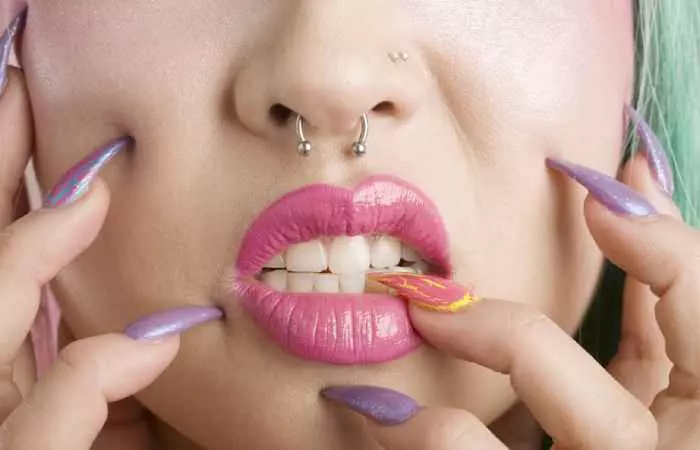
It is important to understand the health risks that nose piercing wounds may entail, as it can better prepare you to prevent or effectively manage them. Here are some common potential health complications of getting a nose piercing:
- Infection: The inner lining of the nose is home to different kinds of bacteria, making the piercing susceptible to infection. Hence, it is essential to follow proper aftercare measures. An untreated nose infection may lead to issues such as fever, nasal trauma, breathing difficulty, and even a change in the shape of the nose (4), (5).
- Disease Spread: Using unsterilized piercing instruments may increase the risk of certain communicable or viral diseases such as hepatitis, tetanus, or HIV (6). Therefore, ensure your piercing studio prioritizes hygiene and safe practices.
- Scar Formation: Scars are a common side effect of most piercing procedures. You may notice the appearance of scars within 4 to 8 weeks of piercing. They may shrink and fade eventually, but they won’t disappear (7). In certain cases, keloid scars may develop, which are thick, raised lumps of scar tissue that spread a little beyond the piercing site and may or may not shrink.
- Nerve Damage: This is a major risk associated with nose piercings if you pick an inexperienced piercer. Choose a skilled and experienced piercer who specializes in the type of nose piercing you want. Also, ensure they use sterilized needles instead of punch guns that pose a high risk of nerve damage.
A good aftercare regimen can help you avoid these negative outcomes and experience a smooth and healthy healing period. Continue reading to explore the essential steps toward a safe and successful healing process.
Nose Piercing Aftercare

Ensuring regular and proper cleaning can minimize the risk of infection, scarring, or rejection of the nose piercing. Here is a detailed aftercare regimen to take care of your pierced nose.
- The nose harbors many bacteria, making nose piercings highly susceptible to infections (8). Wash your hands with warm water before touching the nose area.
- The Association Of Professional Piercers suggests using a store-bought sterile saline solution with 0.09% sodium chloride, labeled for wound washing (9). Dip a cotton pad or ball in the solution and gently clean your piercing with it. Repeat it at least twice a day for fresh piercings.
- Keep the piercing site dry after each cleaning session.
- Continue using saline rinses and soaks even after healing to keep the piercing clean from dirt and oil.
 Pro Tip
Pro TipLauren, a blogger, shares her experience of getting her nose pierced and details the challenges she faced during her first week of nose piercing. She explains how she dealt with bleeding at the piercing site during the first few days. She wrote “My piercing began to bleed a little. It was pooled around the piercing and began to stream down the side of my nose a little bit. I asked on Twitter for advice but didn’t do anything until I checked with my piercer. Both she and Twitter advised me to get some cooled hot water and mix it with sea salt. I used cotton buds and cotton pads to gently ease away the dried blood. It didn’t hurt outside at all but was a little tender on the inside. The blood just came away in little flakes (i).”
In addition to the routine clean-up, you must be mindful of a few things that will help keep your nose piercing free from infection (9):
- Use clean pillowcases and bedding, as bacteria, dirt, and oils from your skin and hair can accumulate on them, increasing the risk of infection. Change your pillowcases and bedding at least once a week to keep your sleeping environment hygienic and safe. Launder with a mild detergent and avoid using harsh chemicals that can irritate your skin.
- Keep the initial jewelry in till the wound is healed. Changing the jewelry can irritate the wound and introduce bacterial infection.
- Keep the area dry and do not apply antibacterial creams as they prevent healthy air circulation at the site.
- Do not use hydrogen peroxide, as it may irritate and aggravate the wound.
- Sterilize all cleaning materials and do not reuse cotton swabs.
- Avoid submerging the pierced site in swimming pools, tubs, or natural water bodies as they contain a multitude of bacteria.
- Avoid using moisturizer or makeup on the piercing site until it is healed.
A commitment to these aftercare measures can effectively help minimize potential health risks and ensure a healthy and safe recovery of your nose piercing. If allergic reactions or infections develop, consult a medical professional at the earliest.
To sum it up, the answer to “How long does it take for a nose piercing to heal?” depends on the type of nose piercing and how they are cared for. Even though you can ask your piercer for information regarding the approximate healing time for a custom nose piercing, it may vary based on your body’s wound healing abilities, aftercare practices, and other external factors. However, you can expect quick healing by keeping the wound clean and avoiding any triggers that may aggravate the wound. The maximum healing time is estimated to be about 9 months for nose piercings. You may change out your initial jewelry only after the piercing is completely healed or the wound may open up and further delay the process. It is important to consult with a piercer or healthcare professional if you experience any unusual symptoms or if the piercing does not heal within 9 months.
Frequently Asked Questions
How do I know when my nose piercing is healed?
To determine if your nose piercing has healed, you should check for the absence of pain, discharge, scars, tenderness, and inflammation. If you observe the absence of crusting for 2-3 weeks, your piercing has likely healed. However, it is recommended to seek assistance from a professional piercer to ensure the fistula is fully healed before changing your nose piercing jewelry.
Is it normal for a nose piercing to still be sore after the initial healing period?
Pierced nose may remain sore, tender, and red for a few weeks after the initial healing period. Depending on the nose piercing type, some may take longer to heal completely.
Are there specific activities or environments that individuals with a healing nose piercing should avoid?
After piercing your nose you have to pause some activities till the wound is healed. These include swimming, applying makeup, playing contact sports, and blowing or scratching the nose as they threaten infection or injury.
What are common mistakes that people make during the healing period that may prolong recovery?
The common mistakes include frequent touching of the piercing with unclean hands, using harsh cleaning solutions, changing the jewelry before the healing period, improper or inconsistent aftercare routine, and ignoring the signs of infections. It is best to seek help from a piercing or medical professional in case of any issues instead of opting for risky home-based remedies.
All you need to know about your new nose piercing is right here at your fingertips. The video below explains the dos and don’ts that you should follow for it to heal perfectly. Check it out!
Personal Experience: Source
StyleCraze's articles are interwoven with authentic personal narratives that provide depth and resonance to our content. Below are the sources of the personal accounts referenced in this article.
(i) My Nose Piercing Experience | The First Weekhttps://whatlaurendidtoday.blogspot.com/2015/07/my-nose-piercing-experience-first-week.html
References
Articles on StyleCraze are backed by verified information from peer-reviewed and academic research papers, reputed organizations, research institutions, and medical associations to ensure accuracy and relevance. Read our editorial policy to learn more.
- Factors affecting wound healing
https://www.ncbi.nlm.nih.gov/pmc/articles/PMC2903966/ - Wound repair and regeneration
https://karger.com/esr/article/49/1/35/128119/Wound-Repair-and-Regeneration - Infected piercings
https://www.nhs.uk/conditions/infected-piercings/ - Complication of nasal piercing by Staphylococcus aureus endocarditis: a case report and a review of literature
https://www.ncbi.nlm.nih.gov/pmc/articles/PMC2828432/ - Complications of body piercing
https://www.aafp.org/pubs/afp/issues/2005/1115/p2029.html - Infective complications of tattooing and skin piercing
https://www.sciencedirect.com/science/article/pii/S1876034109000070 - Common complications of body piercing
https://www.ncbi.nlm.nih.gov/pmc/articles/PMC1071670/ - The microbiome of the nose
https://www.annallergy.org/article/S1081-1206(18)30375-2/fulltext - Suggested aftercare for body piercings
https://safepiercing.org/aftercare/
Nose Piercing Healing Time & Aftercare Tips
Watch this video to learn how long your nose piercing takes to heal, discover healing stages, and get essential aftercare tips to prevent infection. Dive in now!
Read full bio of Ikramul Haque Shazib
Read full bio of Reshma Latif
Read full bio of Eshna Das
Read full bio of Joyce Joyson





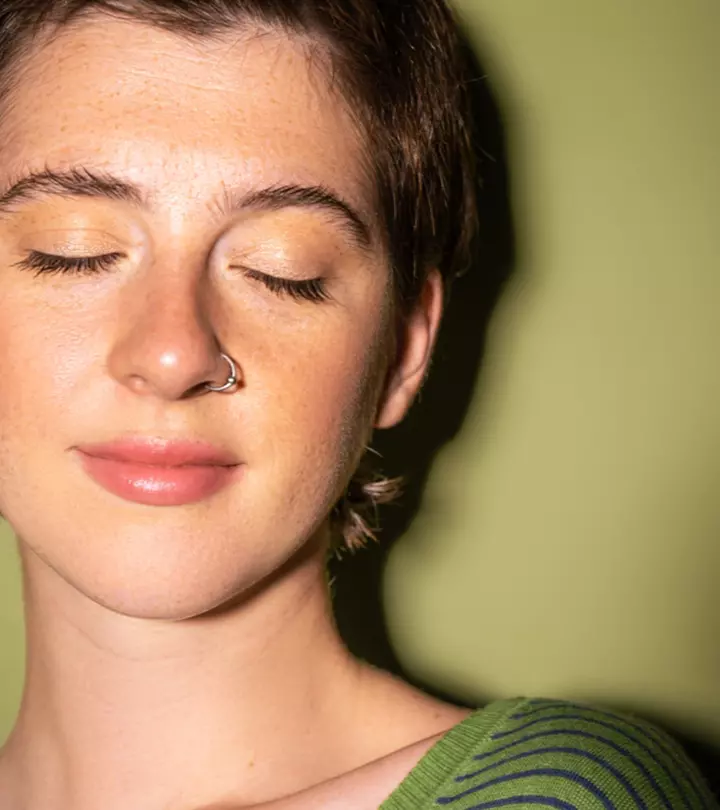

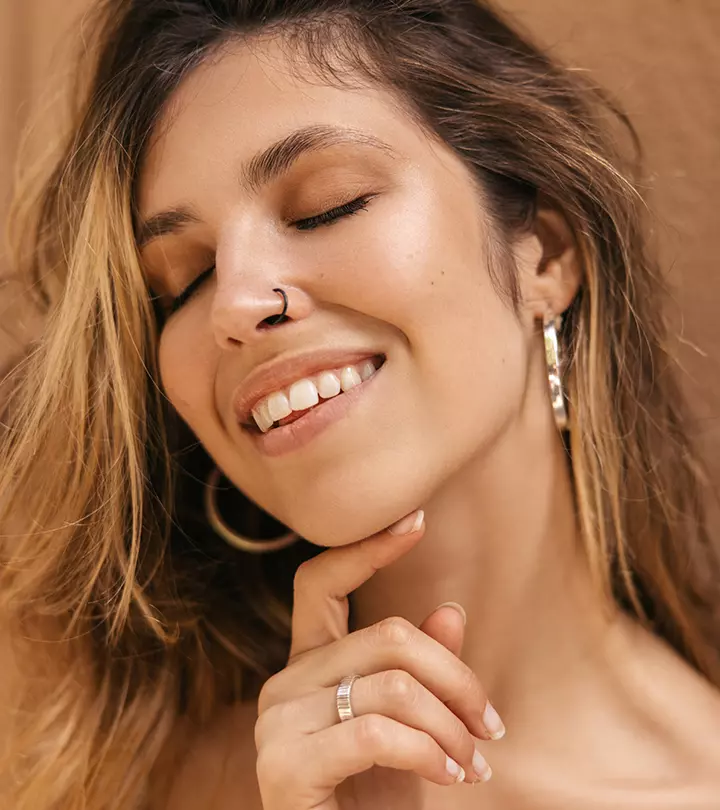

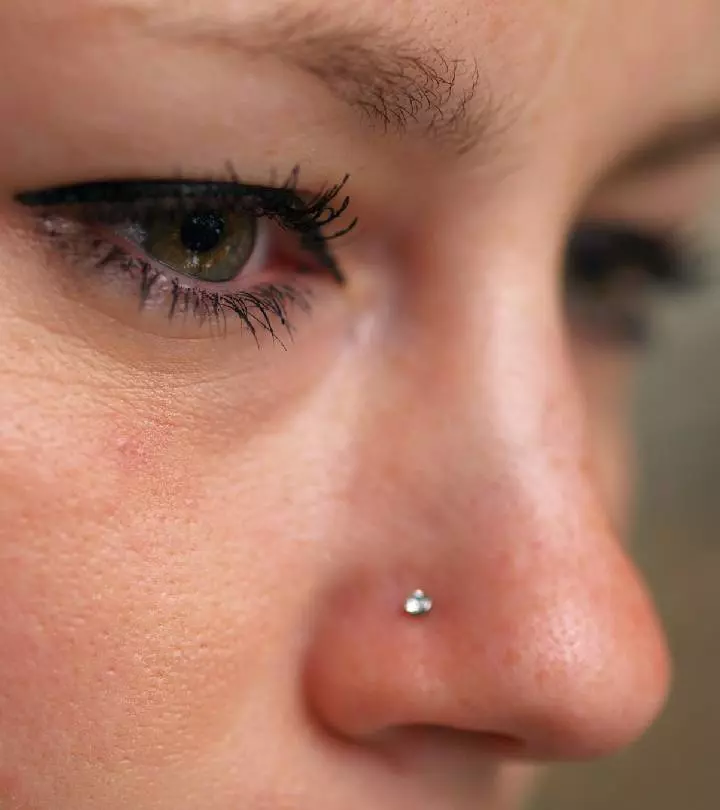


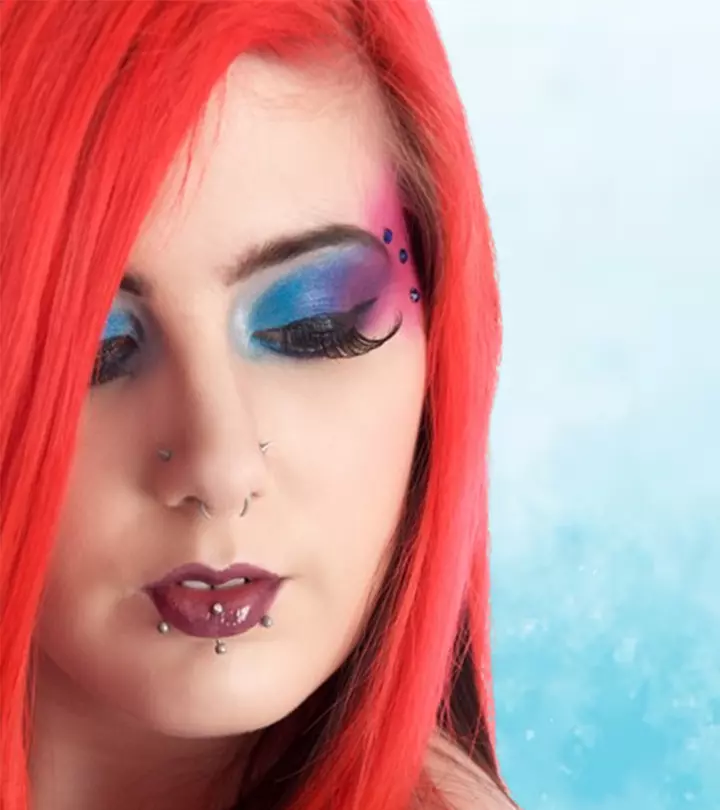

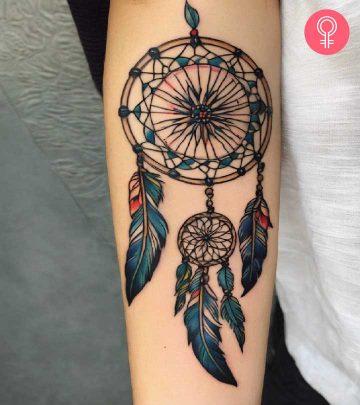
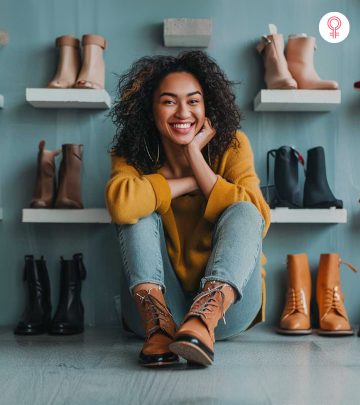
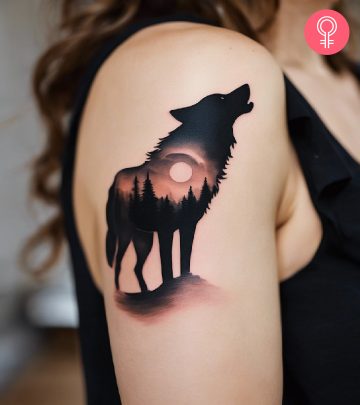
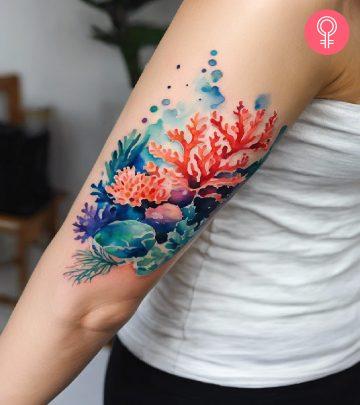
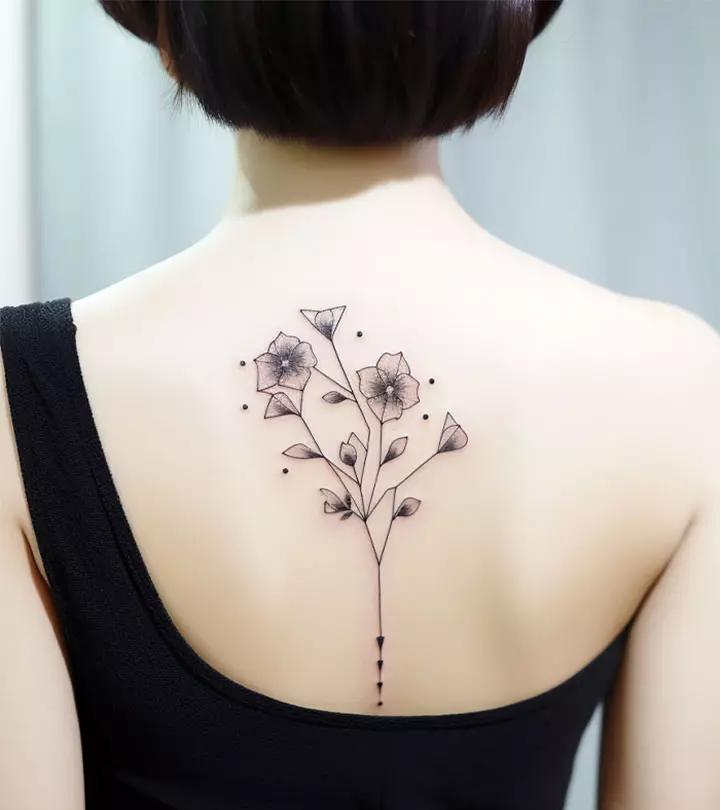
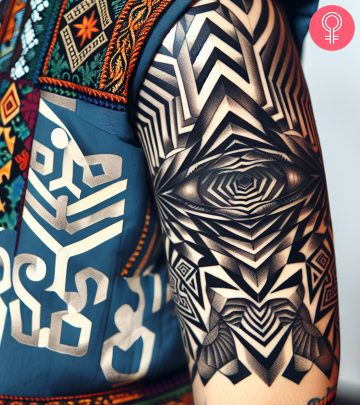
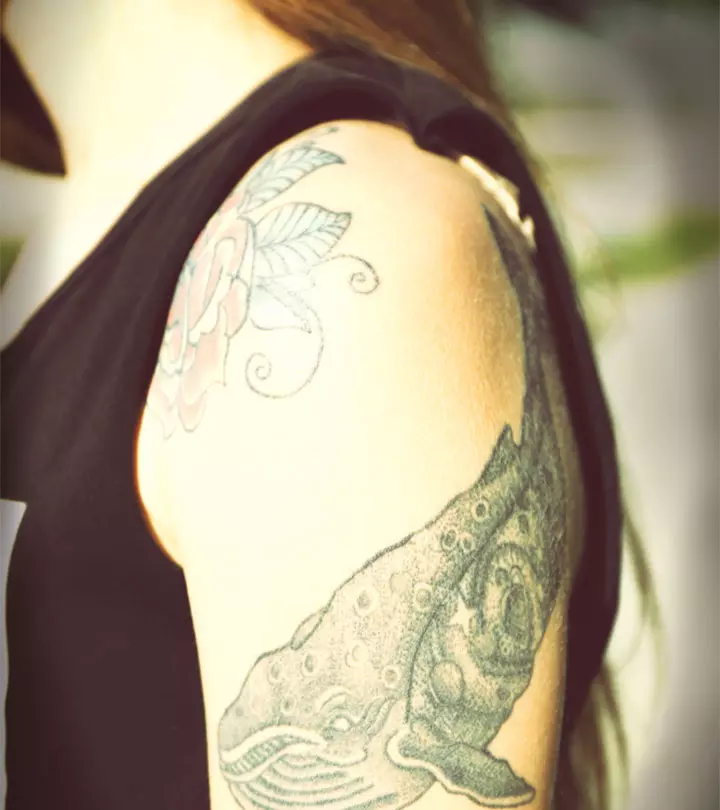
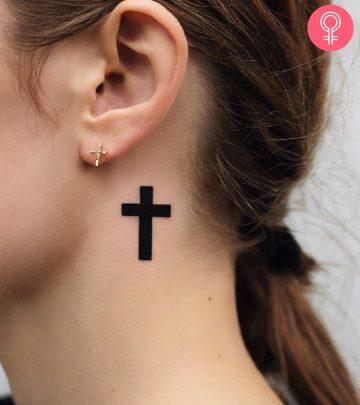
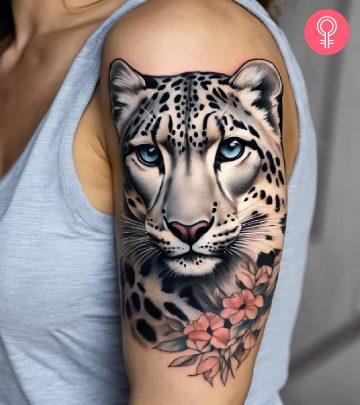

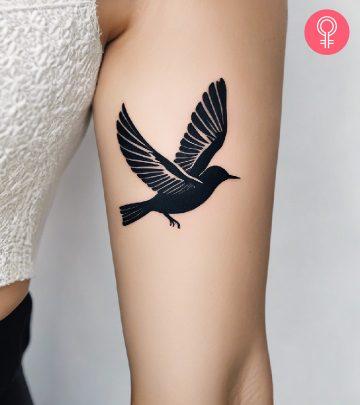
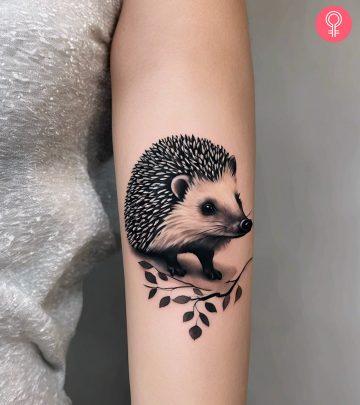
Community Experiences
Join the conversation and become a part of our empowering community! Share your stories, experiences, and insights to connect with other beauty, lifestyle, and health enthusiasts.